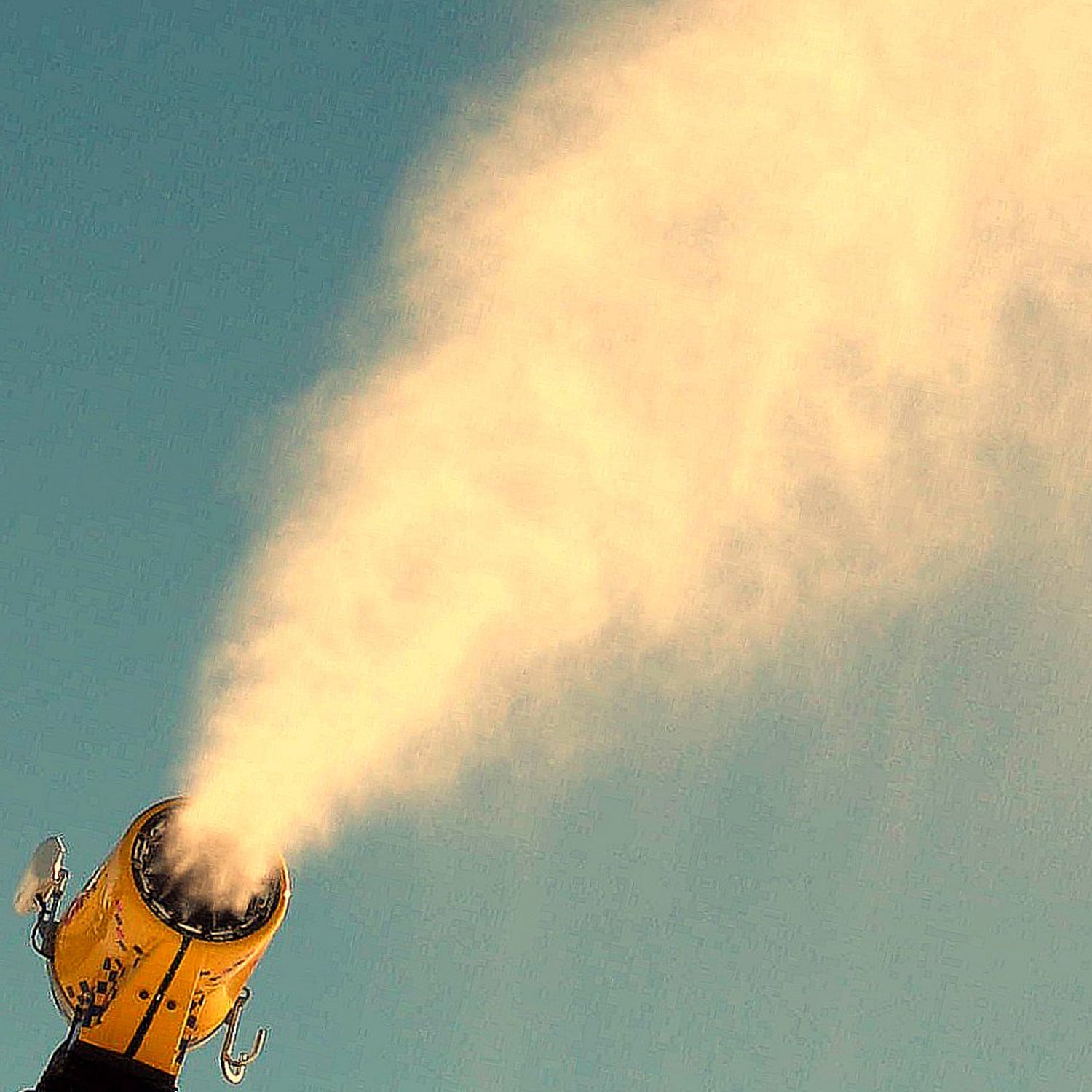The disheartening rate of glacial retreat in the face of climate change isnŌĆÖt a new concern for scientists and outdoor enthusiasts. But ski behemoth Whistler Blackcomb has a particularly vested interest.┬Ā
As one of two North American resorts to offer summer skiing and snowboarding on a glacier, the revered ski areaŌĆöspecifically, Blackcomb MountainŌĆÖs Horstman GlacierŌĆöhas become a summer training destination for ski and snowboard teams from around the globe.┬Ā
The problem: A couple of sparse snowfall years combined with rising summer temperatures┬Āhave caused the glacierŌĆÖs mass balance to dwindle, which puts the resortŌĆÖs summer seasonŌĆöand the revenue it generatesŌĆöat risk. In fact, this summerŌĆÖs skiing and riding will end earlier than usual on Horstman.┬Ā
The proposed solution: snowmaking. The idea is to stabilize the glacierŌĆÖs movement enough to support resort operations and, ideally, to reverse the recessionŌĆöeventually. ŌĆ£In terms of the current state of the glacier and trends weŌĆÖve been measuring for decades, now is the time to implement snowmaking,ŌĆØ says Arthur De Jong, Whistler BlackcombŌĆÖs mountain planning and environmental resources manager. ŌĆ£ItŌĆÖs a physical reality. Right now, the glacier is in such a condition that itŌĆÖll be very difficult to operate in the summer.ŌĆØ
ŌĆ£The glacier project┬Āis an adaptive measure,ŌĆØ Arthur De Jong┬Āsays, ŌĆ£but itŌĆÖs actually a very small piece of a much bigger strategy.ŌĆØ
After the summer season ends in late July, the resort will begin installing the pilot project: five new snow guns at the top of the glacierŌĆöthe only system in the resortŌĆÖs extensive fleet that makes snow above 6,300 feet in elevation, and the only guns that will be stationary. Snow will start blowing in October and ramp up on either end of the season, as the higher elevations will sustain cold enough temperatures to keep making snow through late May. If the test phase is successfulŌĆöeach gun will need to produce around 17,000 cubic meters of snow annually to prove a full-scale system is viableŌĆöthe resort will begin phase two next summer, which means installing 21 more guns on the glacier. De Jong hopes to add back about 12 acres of glacial surface to Horstman and expects to go through about 60 million gallons of water by the end of the second phase.┬Ā
With three snowmaking reservoirs and a surplus of stored water between the resortŌĆÖs mountains, he doesnŌĆÖt worry about water use. The more pressing issue is energy. ŌĆ£WeŌĆÖre testing different low-energy guns on the project so weŌĆÖll learn more about them,ŌĆØ De Jong says. ŌĆ£WeŌĆÖre very mindful that weŌĆÖre having these climate change issues because of our own choices with energy.ŌĆØ ItŌĆÖs an industry generalization, but heŌĆÖs quick to point out Whistler BlackcombŌĆÖs impressive efforts en route to a net-zero carbon footprint. ŌĆ£The glacier [project] is an adaptive measure,ŌĆØ he says, ŌĆ£but itŌĆÖs actually a very small piece of a much bigger strategy.ŌĆØ┬Ā
Whether or not Horstman can be saved with snow guns remains to be seen. But the concept resonates with expertsŌĆöto a point. ŌĆ£It does work because fresh snow is bright and white and insulating,ŌĆØ says Ted Scambos, lead scientist for the (NSIDC) in Boulder, Colorado. ŌĆ£So it reflects the solar energy, keeps the surface cooler, insulates the surface below, helps hold the winter cold in, and would probably work to slow down glacier retreat. But only a few glaciers in the world would have enough intrinsic economic value to warrant that sort of effort to save them. ItŌĆÖs not the kind of thing thatŌĆÖs going to work on any sort of large scale. ŌĆ£


